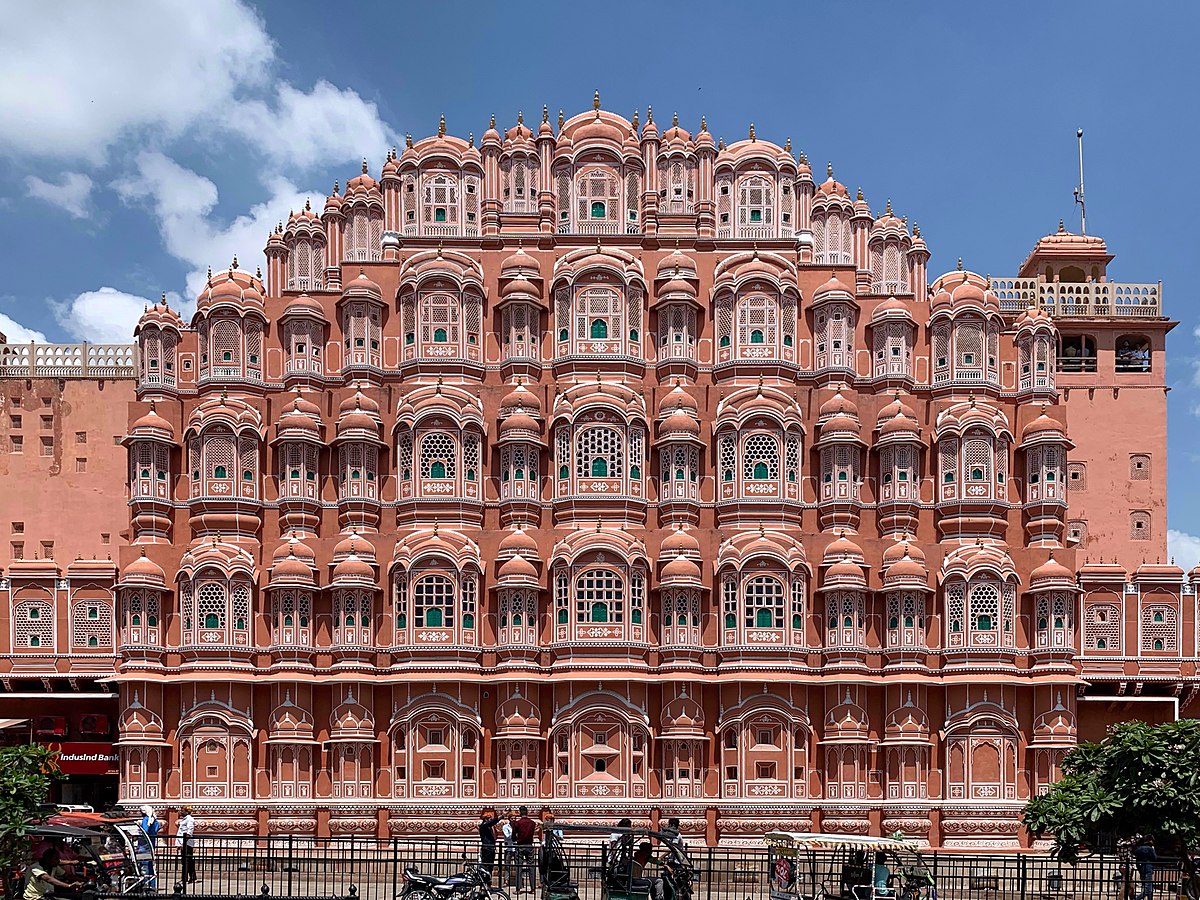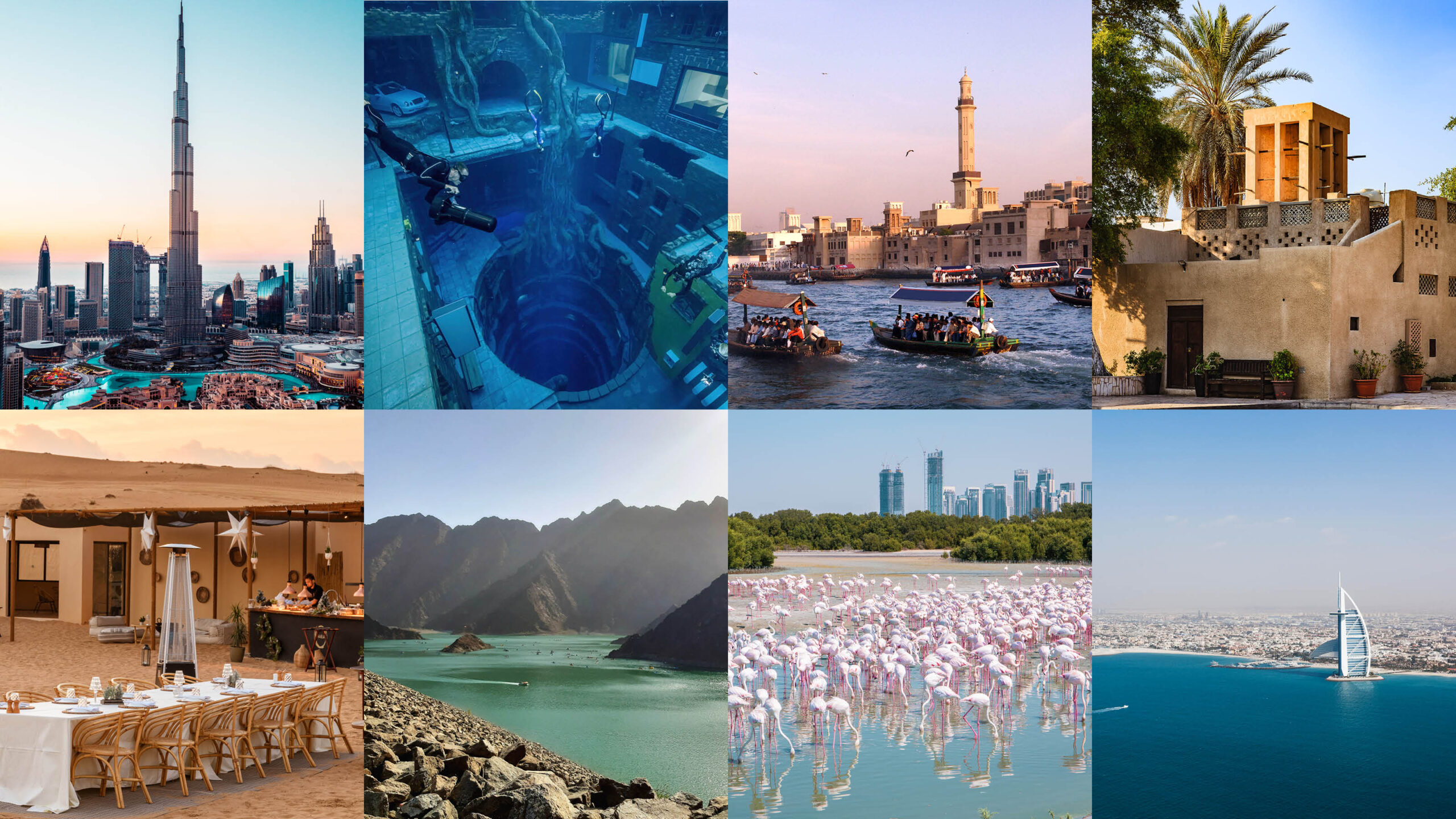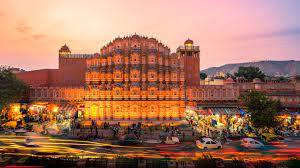Australia is a country that is often spoken about in high regard when it comes to immigration. The process and system are known to be fair, and there are a variety of visa options available to those looking to move Down Under. In this blog post, we will explore how the Australian immigration system allows for a variety of visa options. From working holiday visas to skilled migrant visas, we will cover all the bases so that you can make an informed decision about your next move.
Australia’s Points-Based Immigration System
There are a variety of visa options available to immigrants who want to live and work in Australia. The most common visas are skilled worker visas, which are granted to immigrants who have the skills and qualifications needed to fill a specific job vacancy. Other types of visas include student visas, family visas, and refugee visas.
Immigrants who want to live and work in Australia must first meet the basic requirements for a visa.
Once an immigrant has met the basic requirements for a visa, they can apply for a specific type of visa based on their skills and qualifications. For example, someone with experience in the hospitality industry may apply for a skilled worker visa, while someone with an engineering degree may apply for an engineering visa. There is no one-size-fits-all approach to applying for a visa; each application is considered on its own merits.
The Australian immigration system is designed to welcome immigrants from all over the world who can contribute to the country’s economy and society.
Australian Immigration Services
The Australian immigration services are designed to allow a variety of visa options for those seeking to migrate to Australia. The different visa types available allow for different levels of access to Australian society and the economy and provide different rights and responsibilities for migrants.
The most common visa types used by those seeking to migrate to Australia are skilled worker visas, student visas, and family visas. Skilled worker visas are for those who have specific skills that are in demand in Australia. Student visas are for those who wish to study at an Australian institution. Family visas are for those who have family members already living in Australia.
There are also a number of other visa types available, such as business visas, retirement visas, and humanitarian visas. Business visas are for those who want to set up or invest in a business in Australia. Retirement visas are for those who want to retire in Australia. Humanitarian visas are for those who need protection from persecution or harm in their home country.
The Australian immigration system is flexible and allows for a variety of visa options to suit the needs of different migrants. This flexibility ensures that Australia remains an attractive destination for those seeking a better life.
The Different Types of Australian visas
There are several types of visas that allow entry into Australia. The most common type of visa is the tourist visa, which allows travelers to enter the country for up to three months. Other types of visas include the business visa, student visa, and working holiday visa.
The tourist visa is the most popular type of Australian visa. It allows travelers to enter the country for up to three months for leisure or business purposes. There is no need to apply for a separate business visa if you are traveling on a tourist visa.
The student visa allows international students to study at an Australian educational institution for the duration of their course.
The working holiday visa is available to young people between the ages of 18-30 who want to work and travel in Australia for up to one year. In order to apply for a working holiday visa, you must have proof of sufficient funds and insurance coverage.
These are just some of the different types of visas that allow entry into Australia. For more information on specific visas, including
The Pros and Cons of Moving to Australia
On the plus side, Australia’s economy is strong and stable, meaning there are plenty of job opportunities for newcomers.
On the downside, however, Australia can be a bit of an isolating place. Ultimately, whether or not moving to Australia is right for you will come down to your personal preferences and situation.
How to Apply for an Australian Visa
There are many different types of Australian visas, and the application process for each one can vary slightly.
- Gather all of the required documents. These can include things like your passport, birth certificate, financial documents, and more.
- Fill out the application form. The next step is to fill out the application form for your chosen visa. Make sure that you complete all sections of the form and provide accurate information.
- Pay the application fee. The amount will depend on the type of visa you are applying for and your individual circumstances.
The Australian Immigration System
Migrants can apply for a range of visas, including permanent residence visas, temporary work visas and student visas.
If you are interested in migrating to Australia, it is important to research the different visa options available to you and make sure you meet the criteria for the visa you are applying for.
The Points-Based System
The points-based system is a key feature of the Australian immigration system that allows for a variety of visa options.
There are four main types of visas available under the points-based system: skilled independent, skilled sponsored, skilled regional, and business innovation and investment. Each type of visa has different eligibility requirements and provides different benefits.
The points-based system provides greater flexibility than many other immigration systems and allows for a wide range of people to apply for a visa to live and work in Australia.










Leave a Reply